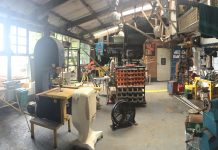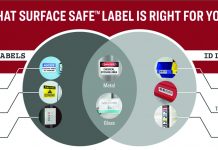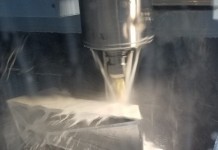
Many companies’ pipelines depend on developing the latest, most cutting-edge products to keep customers happy. It may sound counterintuitive, but for many manufacturers, new opportunity awaits in the services that are most easily overlooked.
According to UPS research, 35 percent of manufacturers get more than half of their annual revenue from after-sales support. However, just 12 percent of manufacturers surveyed say replacement parts and service are top differentiators for their business. That tells us that manufacturers are missing out on a potential competitive advantage. Today’s forward-looking company, in fact, knows how to balance new technologies while preserving legacy products.
In an increasingly competitive market, where customers have access to whatever they want whenever they want it, after-sales support is an area brimming with possibility for resourceful firms 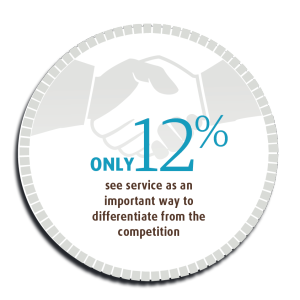 of all sizes. Most respondents to the UPS survey – conducted by IDC Manufacturing Insights – identified an average service response time of between two and three days. In this industry, that’s an eternity.
of all sizes. Most respondents to the UPS survey – conducted by IDC Manufacturing Insights – identified an average service response time of between two and three days. In this industry, that’s an eternity.
This emphasis on after-sales is meant to augment, not replace, your efforts to attract business through product innovation. Good luck trying to get repeat business from a customer whose production was stopped for 72 hours while they waited for service. Hopefully you haven’t already learned this lesson the hard way.Look at it this way: Why would a customer buy a luxury car from the same auto dealer who failed to keep their last vehicle running? Industrial machinery is complex. Timely maintenance and repair is in high demand, and it will likely mushroom as machines get even more specialized.
You are best equipped to assess your company’s strengths and weaknesses. Thoroughly evaluate the potential impact that after-sales can have on your bottom line – and how servicing that part of the business can fuel your development of new products to a legion of brand loyal customers.
However, many companies opt for a third-party solution. Research from UPS indicates that 14% of companies outsource their aftermarket parts to a third-party distributor. An additional 27% responded that while they currently use their own logistics team, they plan to use a third-party.
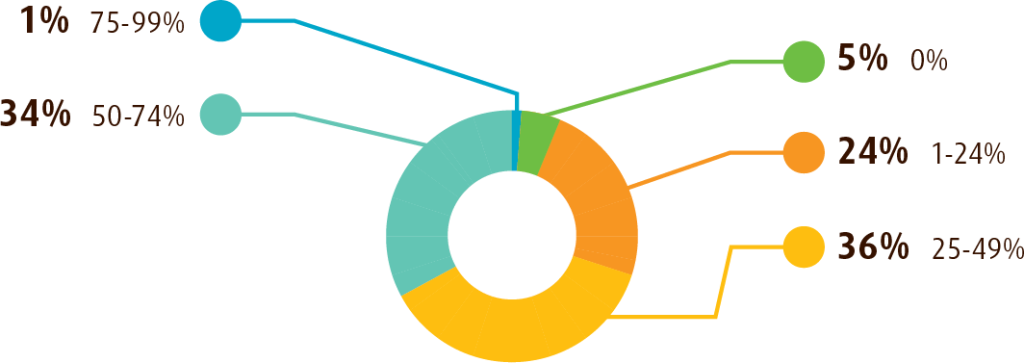
The risks of building or buying a service organization can be daunting in this unpredictable global economy. By tapping into an established after-sales infrastructure, companies can reduce capital outlay and gain speed to market. Meeting the needs for quality, performance and service is no doubt difficult when manufacturers feel their customers care most about the first two. Even if you have no plans to engage a third party to manage after-sales support, simply consulting with an organization specializing in post-sales service could deliver quantifiable benefits well into the future.
Charlie Chung is the industrial assemblies and machinery marketing manager for the Industrial Manufacturing and Distribution segment at UPS.










